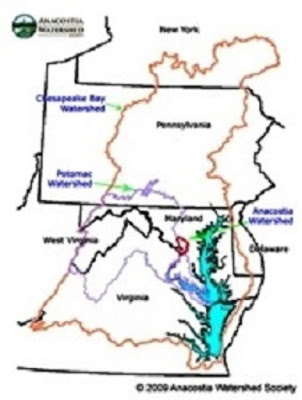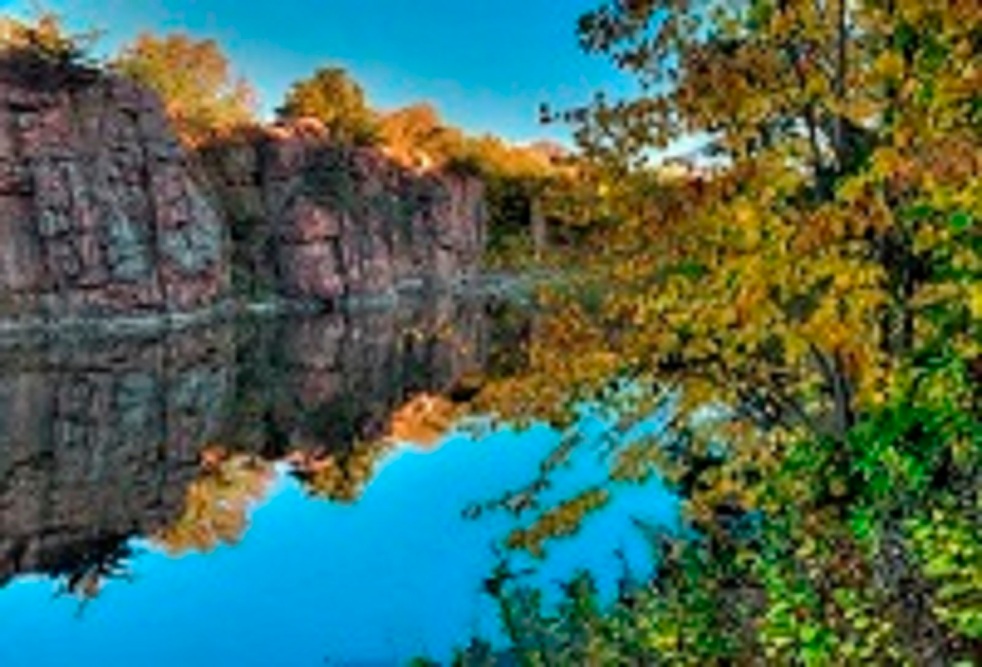The Hudson River Valley and Dutchess County
The Hudson Valley extends 150 miles above the tip of Manhattan. Designated as a National Heritage Area, the valley is steeped in history, natural beauty, culture, food and farmers’ markets.
Colonial Era the first Dutch settlement was established at Fort Nassau, a trading post south of modern- day Albany, in the early 17th century, with the purpose of exchanging European goods for beaver pelts.

During the French and Indian War in the 1750s, the northern end of the valley became the bulwark of the British defense against French invasion from Canada via Lake Champlain.The valley also became one of the major regions of conflict during the American Revolution.
19th Century following the building of the Erie Canal, the area became an important industrial center as the canal opened the Hudson Valley and New York to commerce with the Midwest and the Great Lakes.

The region is associated with the Hudson River School, a group of American Romantic painters who worked from about 1830 to 1870. The natural beauty of the Hudson Valley has earned the Hudson River the nickname “America’s Rhineland” a comparison to the famous 40-mile (65 km) stretch of Germany’s Rhine River valley between the cities of Bingen and Koblenz.
Tourism became a major industry as early as 1810, as elite visitors frequented the mineral waters at Ballston Spa and Saratoga Springs with convenient steamboat connections from New York City, and numerous attractive hotels in romantic settings.

The Hudson River is navigable for a great distance above mile 0 off Battery Park. The original Erie Canal connected the Hudson with Lake Erie enabling shipping between cities on the Great Lakes and Europe via the Atlantic Ocean. The Hudson Valley also proved attractive for railroads, once technology progressed to the point where it was feasible to construct the required bridges over tributaries. When the Poughkeepsie Bridge opened in 1889, it became the longest single-span bridge in the world. On October 3, 2009, it re-opened as a pedestrian walkway over the Hudson, connecting over 25 miles of existing pedestrian trails.
Winemaking the Hudson Valley is the oldest wine making and grape-growing region in the United States, with roots established as early as 1677. The Hudson Valley is home to many wineries offering wine-tasting and other tours.
Dutchess County is 800 square miles of natural scenic beauty, historic and cultural landmarks, and outdoor recreation. Stroll the Walkway Over the Hudson. Tour and taste along the Dutchess Wine Trail. Explore the homes of FDR and Vanderbilt. Taste new creations at The Culinary Institute of America. Fill the pantry at farm markets. Cruise the Hudson River.
Historic Estates Museums Presidential Libraries and Hiking Trails

Explore FDR’s Home, Presidential Library and Museum, with two floors of new interactive exhibits. Tour Dia: Beacon and a city-wide celebration of the arts. Vassar’s Loeb Art Center invites you to stroll its galleries free of charge. Shop for treasures in village antique shops or specialty shops. The Mid-Hudson Children’s Museum. Observe native birds and wildlife while hiking, including 30 miles of the Appalachian Trail. Ramble or cycle three Rail Trails, including the Walkway over the Hudson State Historic Park, the world’s longest pedestrian bridge!
Hudson River Valley Scenic and Historic Walking Tours

Biking, Walking Driving Itineraries and outdoor adventures in Dutchess County and the Hudson River Valley. Outdoor recreation includes biking, hiking, horseback riding, golf, kayaking, parasailing, archery and skeet shooting.
Reduce Transit Times and Travel Costs on Your Next Trip
Travel Plans Intercity & Local Transport























































 Harrisburg, the Capital of Pennsylvania, was inhabited by Native Americans as early as 3000 BC. Known as Peixtin, the area was an important trading post for Native American traders, as trails leading from the Delaware to the Ohio Rivers, and from the Potomac to the Upper Susquehanna intersected there.
Harrisburg, the Capital of Pennsylvania, was inhabited by Native Americans as early as 3000 BC. Known as Peixtin, the area was an important trading post for Native American traders, as trails leading from the Delaware to the Ohio Rivers, and from the Potomac to the Upper Susquehanna intersected there. Preserving America’s Antique Automobiles
Preserving America’s Antique Automobiles Food Wine and Craft Beer
Food Wine and Craft Beer US Mid-Atlantic Travel an eight-day program for Families Schools and Groups
US Mid-Atlantic Travel an eight-day program for Families Schools and Groups